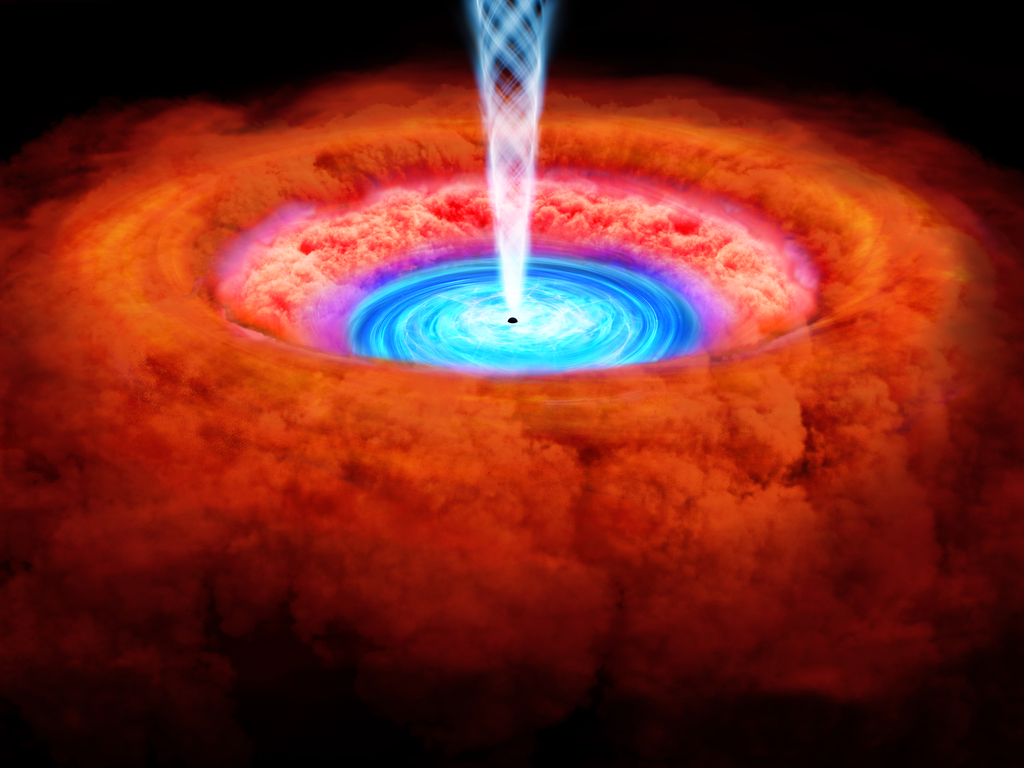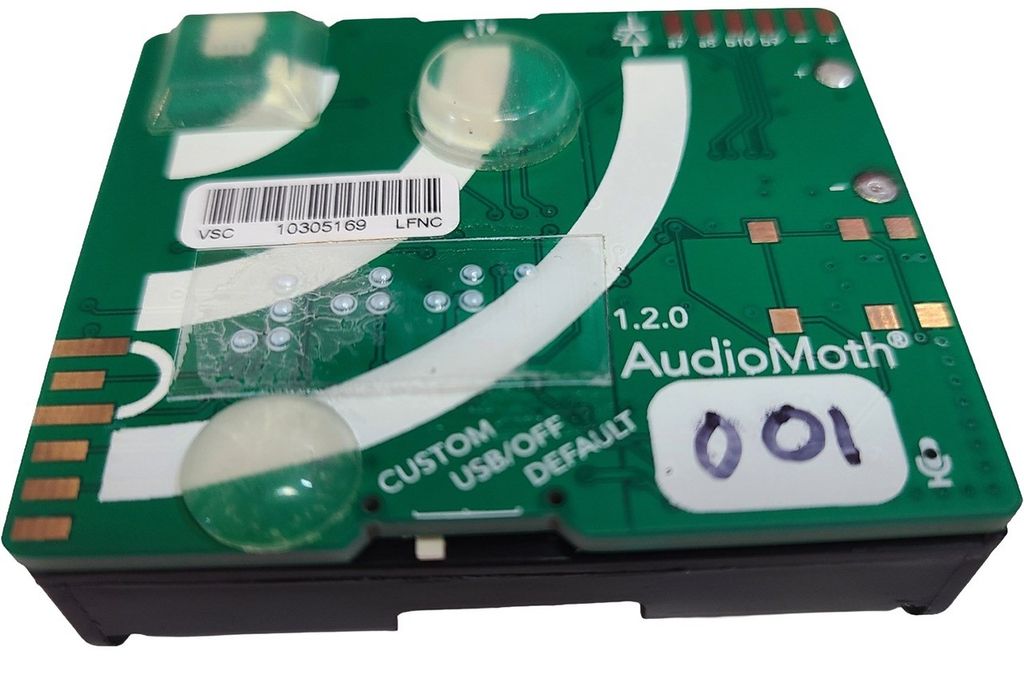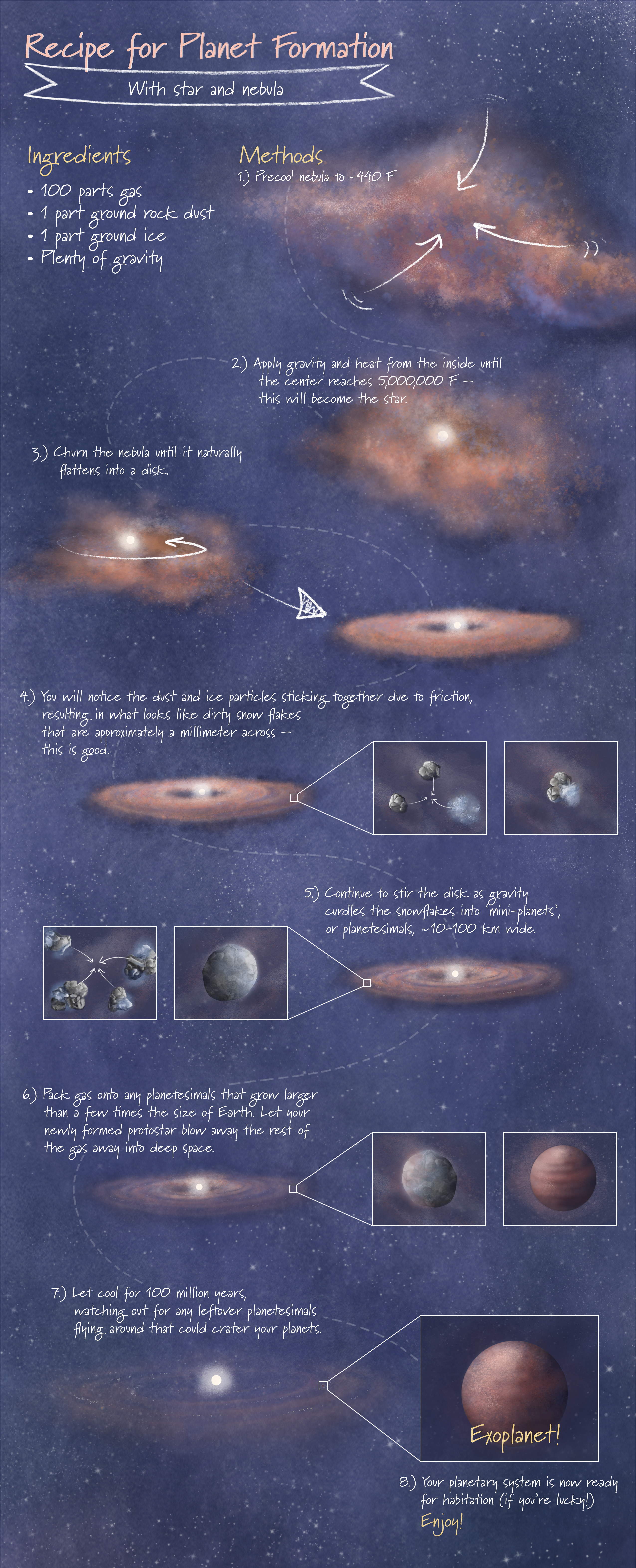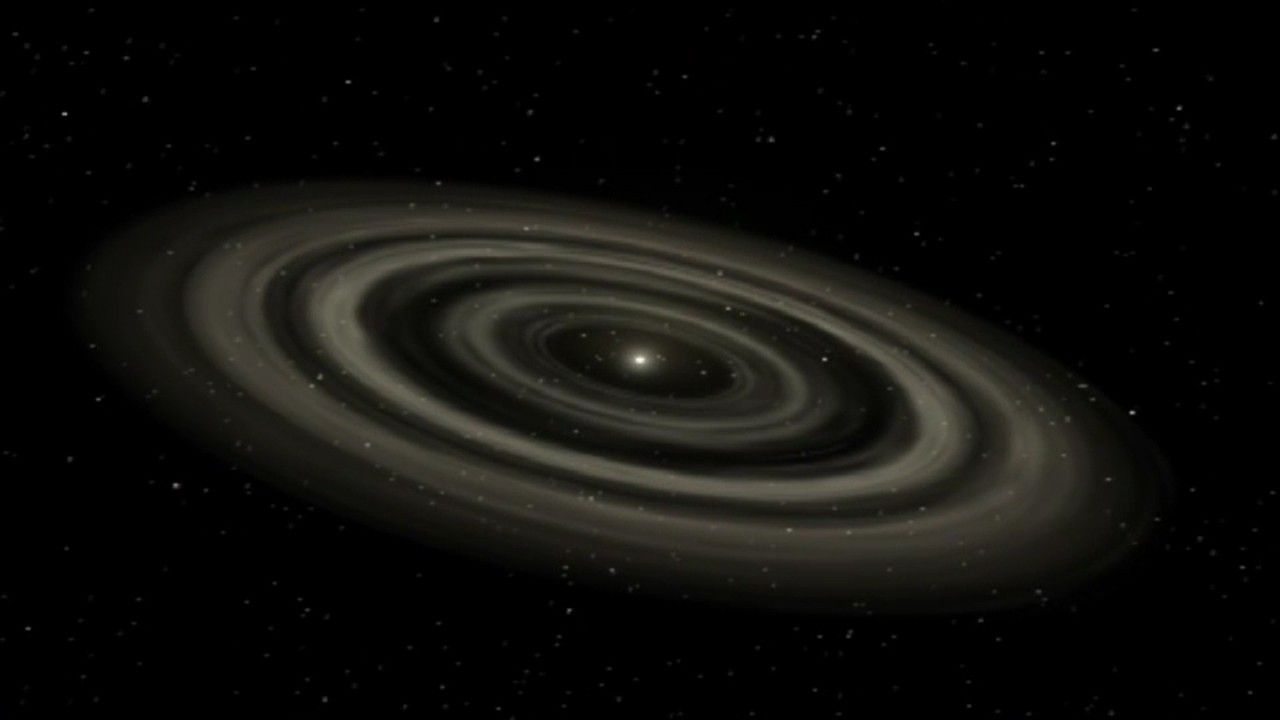1 min read
Protoplanetary Disks (ALMA, VLT, Hubble)
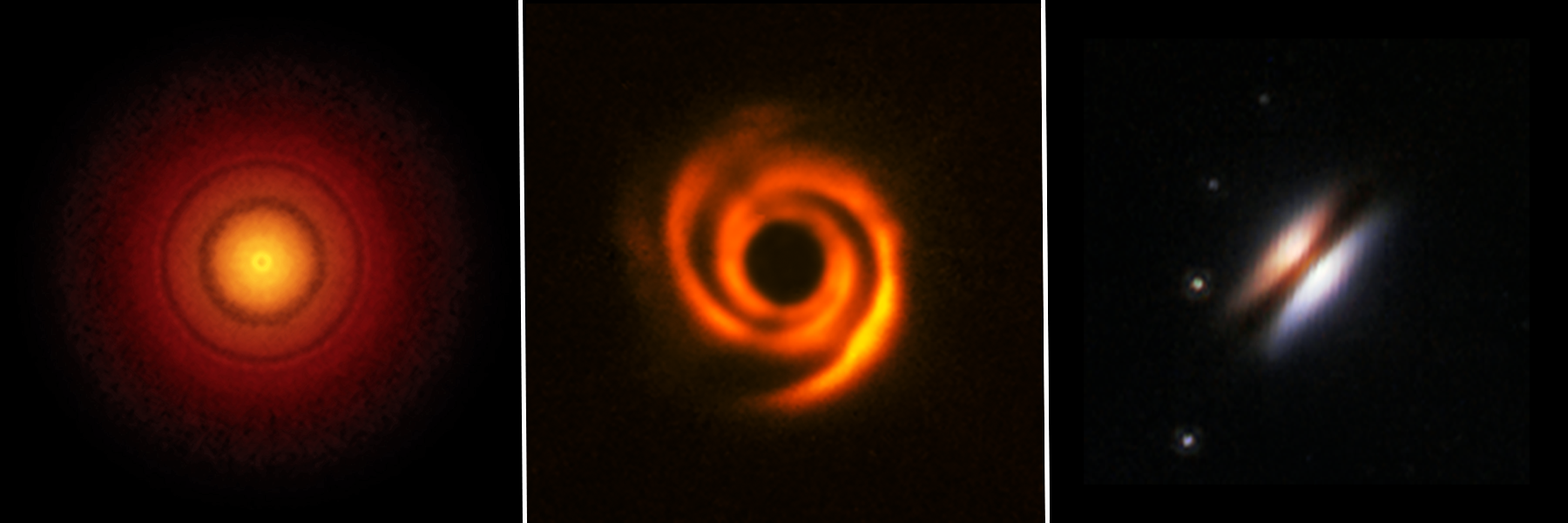
Still-forming solar systems, known as planet-forming disks, come in a variety of shapes and sizes — and some show that bodies like forming planets may be clearing paths as they orbit the central stars. A research team led by Thomas Henning of the Max Planck Institute for Astronomy in Heidelberg, Germany, will survey more than 50 targets, including TW Hydrae (left), HD 135344B (center), and 2MASS J16281370 (right) using NASA's James Webb Space Telescope. The observatory's capabilities in infrared light and its high-resolution data will allow them to very precisely model which elements and molecules are present, adding to our understanding of the makeup of these planet-forming disks.
- Object NameObject NameA name or catalog number that astronomers use to identify an astronomical object.From left to right: TW Hydrae, HD135344B, 2MASS J16281370-2431391
- Object DescriptionObject DescriptionThe type of astronomical object.Protoplanetary Disks
- Release DateDecember 16, 2020
- Science ReleaseDetailing the Formation of Distant Solar Systems with NASA’s Webb Telescope
- CreditImage: NASA, ESA, ESO, STScI, ALMA, S. Andrews (CfA), Bill Saxton (NRAO, AUI, NSF), T. Stolker (ALMA)
Related Images & Videos
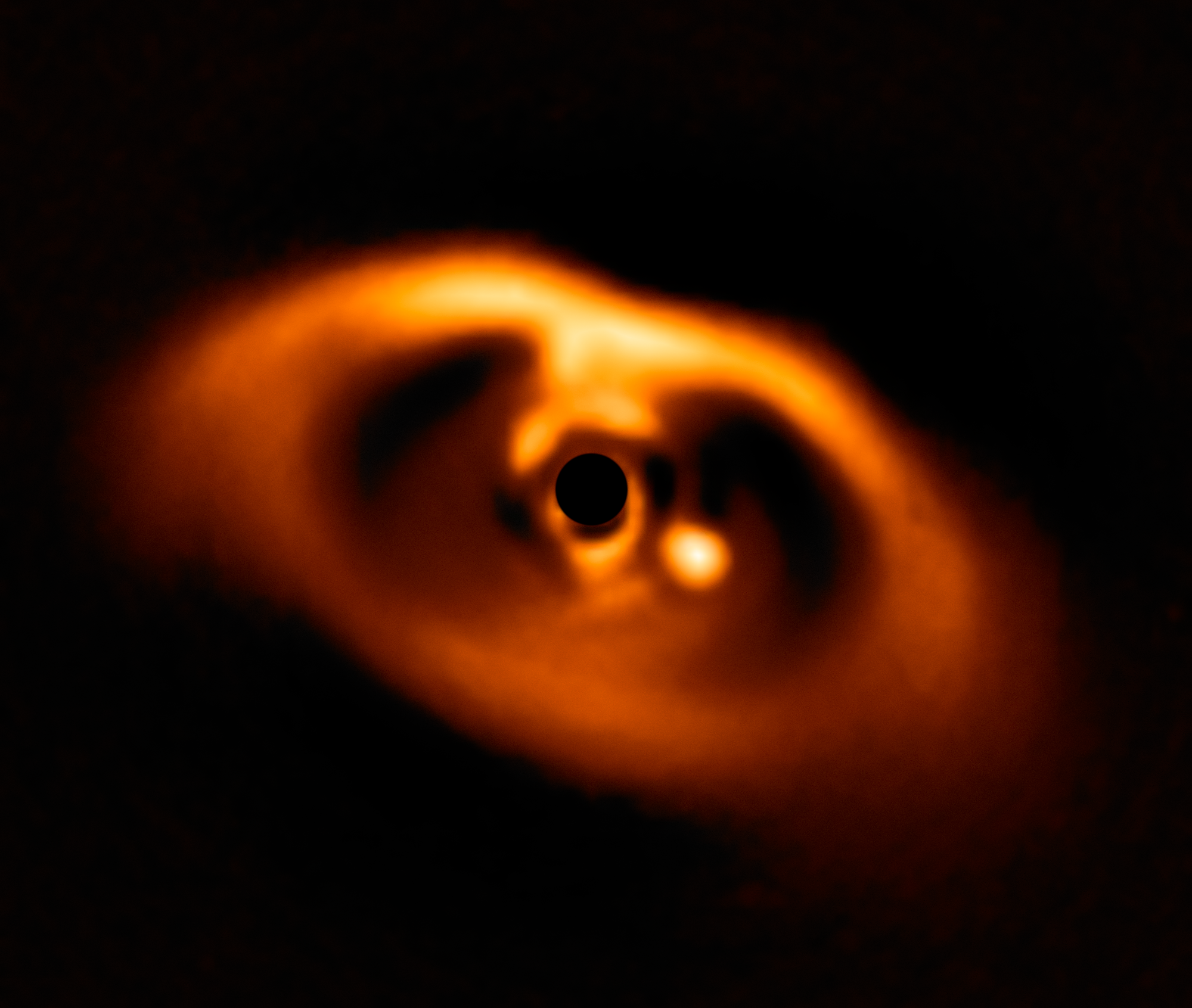
Protoplanetary Disk Around Dwarf Star PDS 70 (VLT)
PDS 70 is approximately 370 light-years away and features a large gap in its inner ring. The European Southern Observatory's Very Large Telescope provided the first clear image of a planet forming around the central star in 2018. The planet is a bright point to the right of the...
Share
Details
Laura Betz
NASA’s Goddard Space Flight Center
Greenbelt, Maryland
laura.e.betz@nasa.gov
NASA, ESA, ESO, STScI, ALMA, S. Andrews (CfA), Bill Saxton (NRAO, AUI, NSF), T. Stolker (ALMA)













